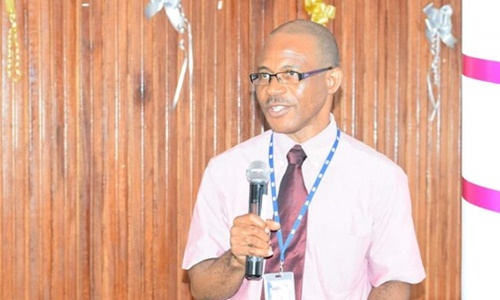MONROVIA – On September 18, 2024, the United States Agency for International Development (USAID) and the International Rescue Committee (IRC) officially handed over the Electronic Integrated Disease Surveillance and Response (ELDSR) System to the Government of Liberia. This system is set to revolutionize the country’s public health surveillance by enabling real-time case notification and improving data flow across both human and animal health systems.
According to a press release from the National Public Health Institute of Liberia (NPHIL), the ELDSR system is designed to enhance the early detection, notification, and reporting of priority diseases and other health emergencies. The system is expected to significantly bolster Liberia’s capacity to respond effectively and in a timely manner to potential outbreaks.
The system was successfully piloted in Grand Kru and River Gee counties, where it demonstrated its user-friendliness and effectiveness in real-time data reporting. The success of this pilot has paved the way for the national rollout of the system.
The project was overseen by the Technical Working Group (TWG) of ELDSR, chaired by NPHIL, with the Ministry of Health (MoH) as co-chair and the Ministry of Agriculture (MoA) as a key member. The TWG, with technical and financial backing from USAID, the World Bank’s Regional Disease Surveillance System Enhancement (REDISSE), the US Centers for Disease Control and Prevention (US-CDC), the World Health Organization (WHO), and the International Rescue Committee, has successfully guided the development and testing of the system.
The implementation of the ELDSR system marks a significant milestone in Liberia’s efforts to improve its public health surveillance and response infrastructure, especially in light of the nation’s history with health emergencies. The system’s ability to facilitate real-time reporting and data integration is expected to enhance the country’s preparedness for future outbreaks.







